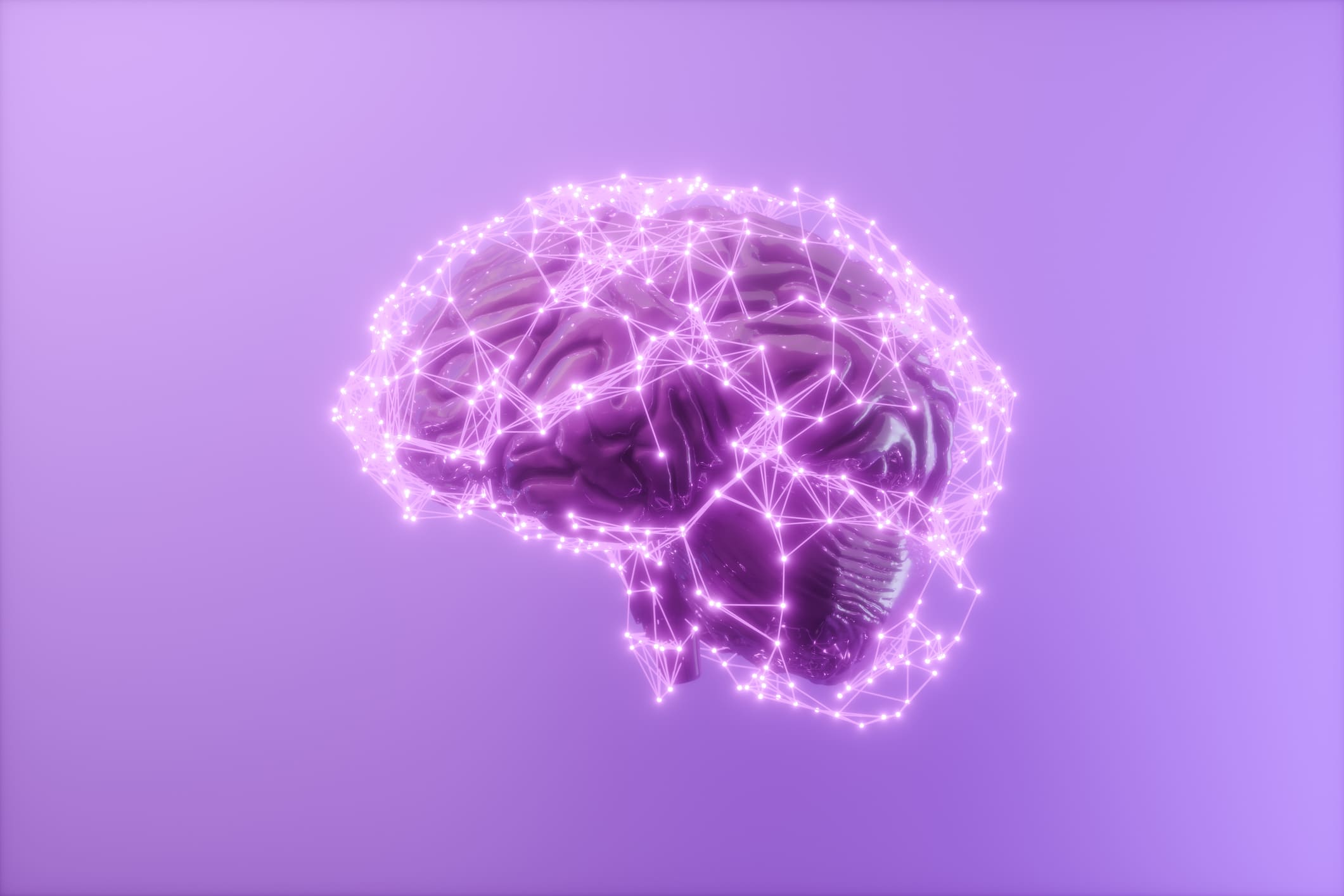Kava has a long, celebrated history of boosting health and well-being. For generations, Pacific Island cultures have used it to treat a variety of health conditions, relax the body, and calm the mind. As it gains popularity in other countries and we learn more about its health benefits, researchers and scientists also want to better understand the neuroscience of how Kava Nectar affects the brain. We now know that the effect of Kava Nectar comes from its active ingredients, kavalactones, and how they impact brain function.
How Kava Nectar affects the brain
The first key component to understanding the neuroscience of kava is how kava affects the brain. If you aren’t familiar, the brain is the most complicated and diverse organ in the body. It is the command center for your actions, thoughts, behaviors, and movements. It’s made up of billions of brain cells called neurons. About 86 billion to be exact. These neurons are responsible for communicating messages to different areas of your brain. There are three main parts to your brain: the cerebrum, the cerebellum, and the brain stem.
Neurons communicate through a variety of electrical and chemical signals. One major category is neurotransmitters. These little chemical messengers communicate messages between brain cells and the body. Some neurotransmitters you may have heard of are serotonin, dopamine, histamine, and endorphins. They all play crucial roles in our body and brain’s functioning, and if out of balance, they can lead us to develop different health conditions. For example, serotonin helps regulate mood, sleep patterns, anxiety, appetite, and pain. If you are low in serotonin, you may experience depression, anxiety, and chronic pain.
The power of kavalactones
The second key players are the active ingredients of Kava Nectar. These are called kavalactones. These small chemicals play a major role in how kava makes us feel. We know of 18 different kavalactones, but only six have been linked to 96% of kavas effects. These are:
- Methysticin (M)
- Dihydromethysticin (DHM)
- Kavain/kawain (K)
- Dihydrokavain/kawain (DKM)
- Demethoxyyangonin (DMY)
- Yangonin (Y)
The amazing thing about kavalactones is that they are all slightly different in chemical makeup and how they affect the brain. For example, DHM and DHK are known to have a stronger potency, often linked to unwanted psychoactive effects and last much longer than other varieties. On the other hand, kavain is known for its balanced, more calming effects and only lasts 1 to 3 hours.
All forms of kava are made up of a combination of kavalactones, giving them their two distinct qualities: heady and heavy. Heady kavas have more of a mental sensation; that is, you mentally feel relaxed, more sociable, and calm. These are great to consume during the day with friends and family. Heavy kavas, on the other hand, affect your body more than your mind. You may feel physically heavier and calmer. These kavas are best to drink at night when you are winding down for bed.
But how do kavalactones work in the brain?
The combination of neurotransmitters and kavalactones
Research tells us that the kavalactones have a direct effect on neurotransmitters. More specifically, they act on the serotonin, dopamine, and gamma-aminobutyric acid (known as GABA) neurotransmitter system. GABA is an inhibitory neurotransmitter that is a well-known therapeutic target in anxiety disorders. Its inhibitory nature is what leads to its calming and relaxing effects. Kava Nectar appears to change the GABA receptors, which impacts how much GABA is released and, in turn, how we feel. There are two types of GABA receptors: GABA-A and GABA-B. While these function slightly differently, they have the same overall calming effect.
While we still don’t know exactly how kava affects GABA receptors, research suggests a few potential pathways. Kava may increase the activity and number of GABA-A receptors. This means more GABA could bind to cells, leading to more relaxed and calming effects. Kava may block calcium channels, reducing the release of excitatory neurotransmitters that can lead to anxiety.
Kavain and dihydrokavain are abundant kavalactones that most impact GABA receptors. So, if you’re looking for a calming and relaxing experience, drinking kavas with those kavalactones is a good start.
Connecting it all together
Science talk aside, what does this mean? This means that Kava Nectar affects the brain as soon as we take a sip. The kavalactones and other goodness go into our stomachs and are absorbed into our bloodstream. From there, it travels through our bodies up into the brain, where it may increase the number of GABA receptors, and therefore, more GABA is released into the brain. It may also block other excitatory pathways that can cause anxiety. This is what creates the blissful, calming effect we expect from kava.
* Please note that the majority of kava research pertains to kava extracts, which often undergo significant processing and may contain additional ingredients and fillers that can influence their efficacy. It is crucial to consider this distinction when reading about kava studies. To draw an analogy, enjoying natural kava as a beverage can be likened to experiencing a freshly brewed cappuccino, whereas kava extracts are akin in functionality to a caffeine pill. Both forms have their unique benefits and can cater to different preferences and needs. While it’s helpful to understand research on kava extracts, please view it critically and remember that natural kava offers a uniquely holistic experience.
Tags: kava gaba, kava nectar effects


